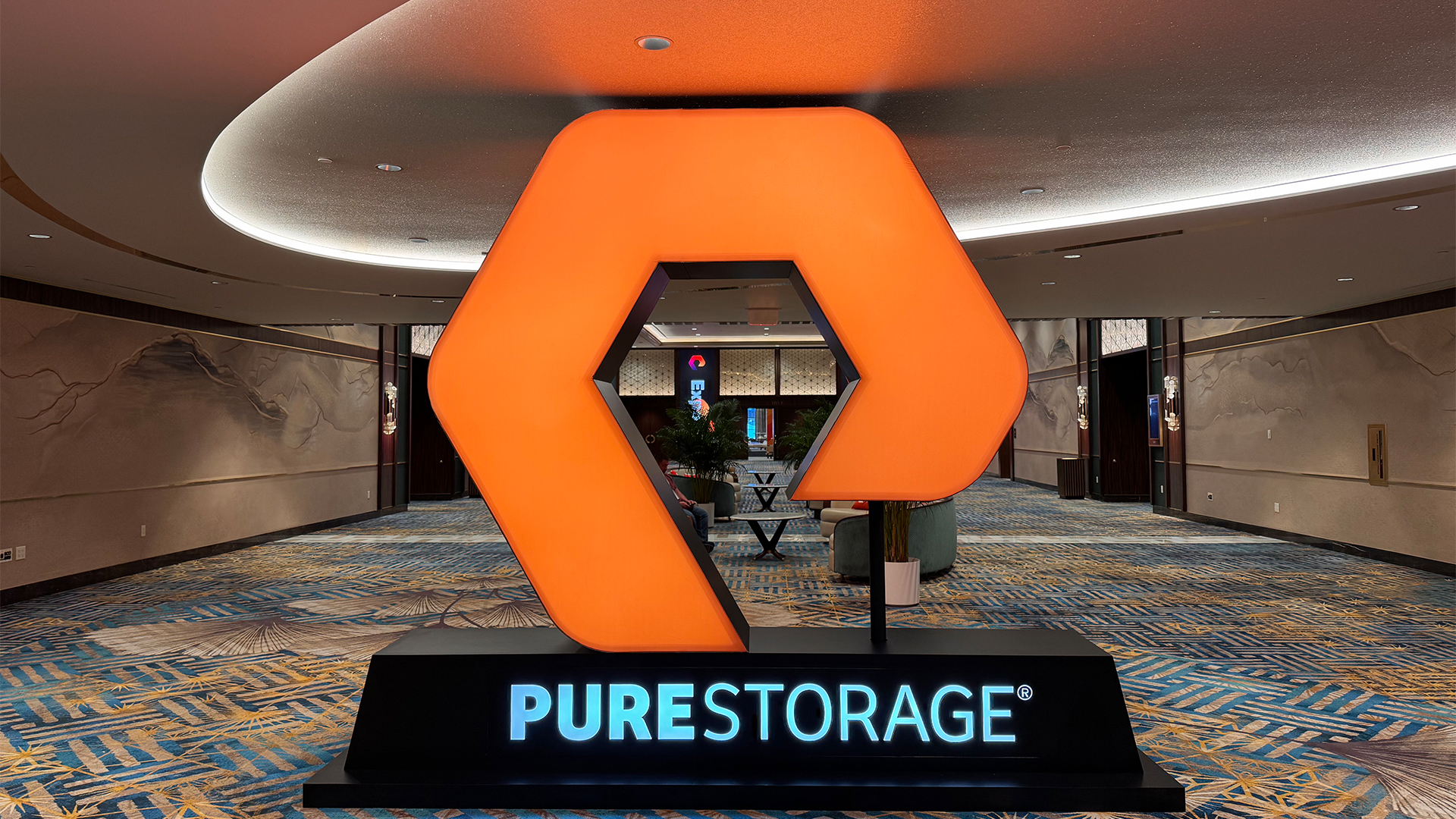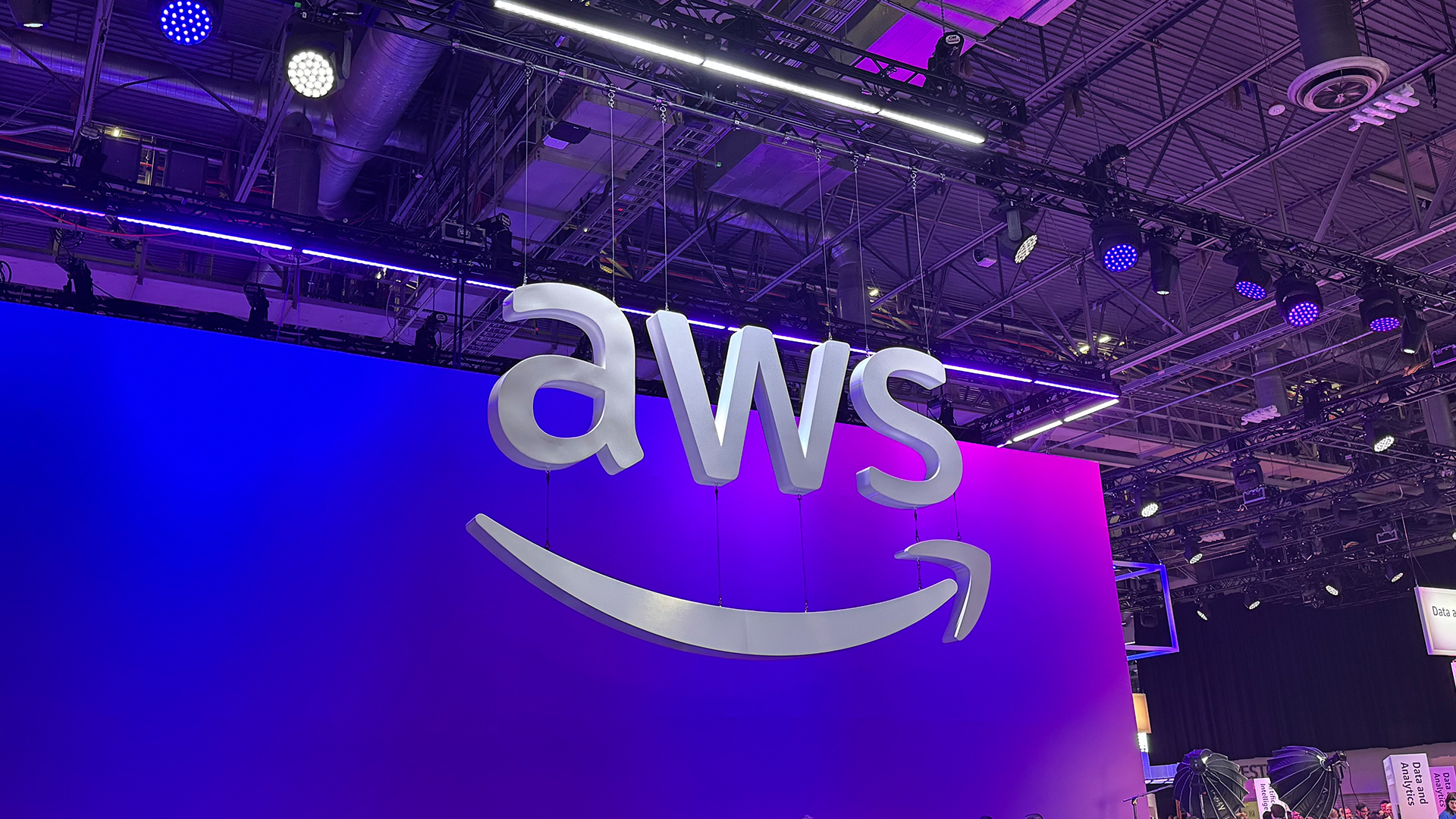The real value of the security VAD
Has Value Add Distribution lost its mojo?

Vendor consolidation has dominated the IT security space over recent years, with the market becoming increasingly influenced by larger vendors selling a broad portfolio of products; a high volume low margin sale.
In terms of resale and distribution, this consolidation has lead to a degree of channel rationalisation. When one vendor acquires another, it effectively acquires additional sales channels. In many cases, the channel will be by-passed completely with vendors selling online directly to the end user.
So with this in mind, what is the future for the smaller ‘value add’ channel players? Has Value Add Distribution lost its mojo?
Real knowledge
The high volume, low margin sales model adopted by the larger vendors is mirrored by broadline distributors. They buy product technologies at the cheapest price with a quick turnaround. These technologies are mainstream and are often sold alongside competing products by the same distributor. Broadline distributors have thousands of different products to sell and so don’t develop any real knowledge of the products.
The broadline approach is often the most appropriate for the larger mainstream vendors with commoditised products, where price is the focus. But the model is reactive to customer requirements, not proactive and ultimately it’s more about fulfilment than business development.
This is where the Value Add Distributor (VAD) still has a place. A vendor taking a leading edge technology to market needs a sales channel that understands the proposition; a partner that has the knowledge (or can easily obtain the knowledge) to communicate the benefits of an emerging technology to potential end user customers.
Stay up to date with the latest Channel industry news and analysis with our twice-weekly newsletter
No-brainer
A VAD will operate in a niche market, understanding the context of the product and the needs of the customer. This means that the VAD has the ability to customise or package products together offering a ‘solution’ to the end user. The VAD becomes an extension of the vendor’s sales force. When presented with a choice between recruiting 20 people or partnering with a VAD which already has a team with established contacts and industry knowledge; in my view it’s a no-brainer.
So, when the future of the Value Added Distributor is questioned, I would argue that it’s more important than ever. While broadline will occupy the mainstream, the VAD proactively sells leading-edge specialist technologies, while they are still cutting edge.
The VAD is needed when a product is more than simply a price and a part number.
-
 Pure Storage’s expanded partner ecosystem helps fuel Q3 growth
Pure Storage’s expanded partner ecosystem helps fuel Q3 growthNews The data storage vendor has announced a 16% year-over-year revenue hike in its latest earnings report, driven by continued channel and product investment
-
 Partners have been ‘critical from day one’ at AWS, and the company’s agentic AI drive means they’re more important than ever
Partners have been ‘critical from day one’ at AWS, and the company’s agentic AI drive means they’re more important than everNews The hyperscaler is leaning on its extensive ties with channel partners and systems integrators to drive AI adoption